Grade 2/3 Colour Wash Alphabets
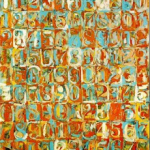
Jasper Johns “Numbers” (1958/9)
I have to say that these are some of my favourite results in teaching art so far. That may be oversimplifying it, but I just never get tired of these ones! You may notice that one even provides the unchanging backdrop for this website …
It proved a bit of a challenge to communicate the method to the students (mostly because I got confused), but perhaps that is because it was going through the sieve of MY brain, after all.
So, let’s take a look, and I’ll try to describe how we organized it. By the way – the kids? Loved it.
-
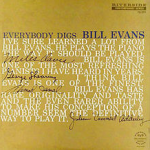
-
Everybody Digs Bill Evans (1958)
-
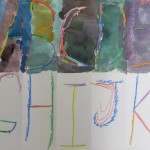
-
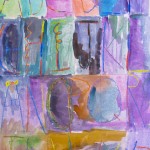
-
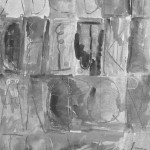
-
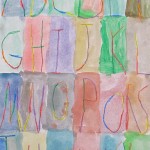
-
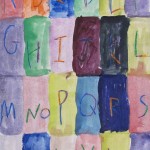
-
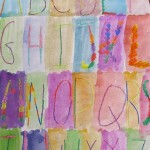
-
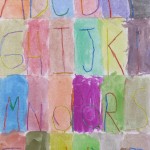
-
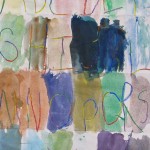
-
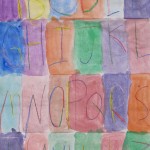
-
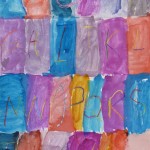
-
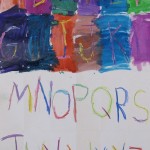
-
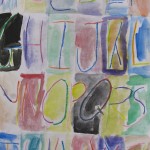
-
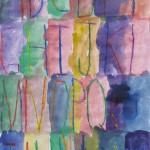
-

-
Jasper Johns “Numbers” (1958/9)
The idea for this one came from one of the many art blogs I visit: http://ourartlately.blogspot.ca/
Or, commonly known as “we heart art”. Some of my Parliament Oak students will find THAT phrase sounds familiar …
Using 12×18 white, I prefolded all the paper into 24 symmetrical boxes, which doesn’t completely cover the whole alphabet, but don’t worry. Just hang on to that thought for a minute.
Day One: In class, I showed them some examples of Jasper Johns paintings that utilize alphabets and numbers – we were going to have some fun with colour that day! I had them use only capital letters for their alphabets, using the folded rectangles to write each individual letter (lightly) in pencil. From the front, I wrote out the rows of letters they were going to do.
ABCD
EFGHI
JKLM
NOPQR
STUV
WXYZ
Now here’s where I got a bit confused (because I THOUGHT I had it all worked out): On the lines with FIVE letters, they were to draw the letters from the middle out to either side. The middle letter has to go exactly in the centre on the fold, fanning out from there. That way, all of the letters fit without crowding on one side. Woot! Symmetry is good here.
They thought that was pretty cool how we made all the letters fit in. I do, too.
I gave them crayons (no brown or black though) to go over their pencil lines, and encouraged them to have fun with the colours, even using several on some letters. They had to press fairly hard with the crayons, so it would show through the paint. Loving it so far!
Day 2: Then it was time to get out the paint (and on with the smocks) – mixed to a watercolour consistency, and painting each rectangle individually. Yep: paint right over the letter, and see what happens! They thought that was pretty cool, too.
As I have mentioned before, the results were just stunning. They graced the walls outside the classroom for quite some time because – ahem – nobody wanted to take them down!
Give it a couple of years, and I will do this one AGAIN.
Fall 2010 / Parliament Oak School
So, who is Bill Evans? He was an American jazz pianist whose work I really enjoy. I played his 1958 album “Everybody Digs Bill Evans” on CD while the class was working. Both the music and the painting hail from the same year … so perhaps Johns was even listening to some Evans while he was painting … ?

Everybody Digs Bill Evans (1958)
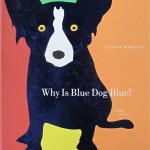 I had to order the book from the States, but I knew I wanted to do an art project based on George Rodrigue’s Why is Blue Dog Blue?. Such a fun book. His artwork illustrations just get you wantin’ to bust open some paint and get at it. So, that’s what we did!
I had to order the book from the States, but I knew I wanted to do an art project based on George Rodrigue’s Why is Blue Dog Blue?. Such a fun book. His artwork illustrations just get you wantin’ to bust open some paint and get at it. So, that’s what we did!


















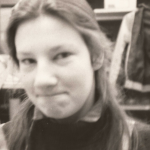









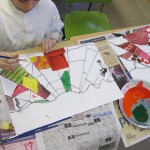






















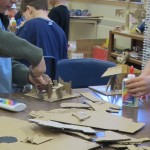
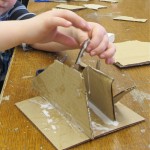








































































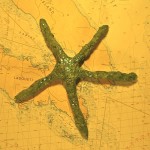
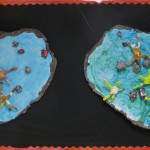
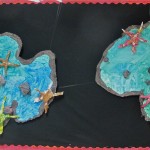
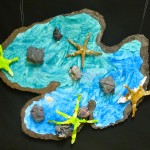
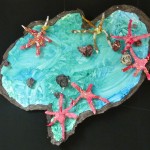
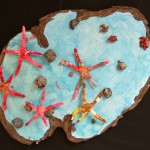
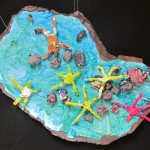
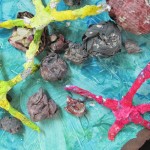
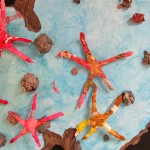
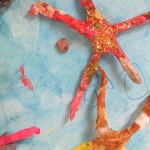
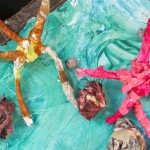
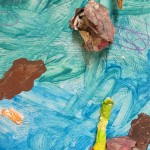
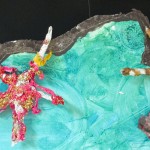


















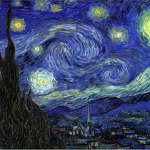

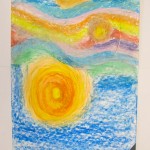
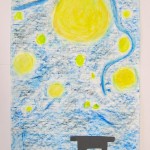
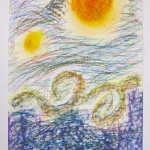
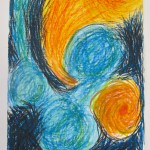
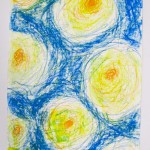
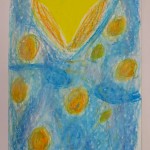
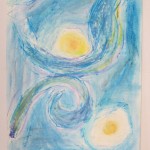
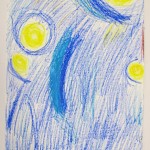
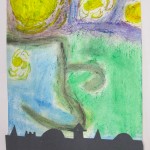
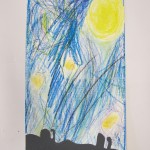
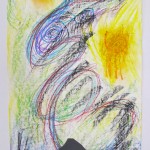
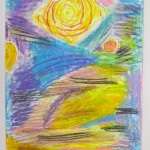
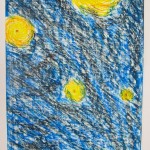
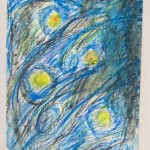
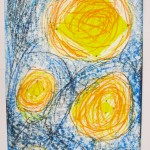
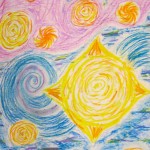
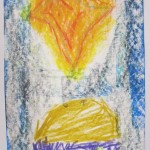
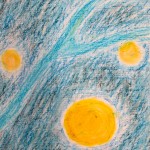
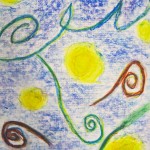
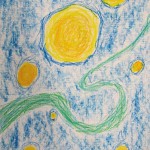
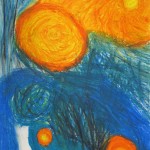
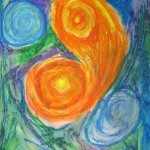
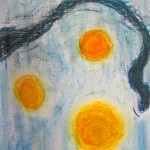
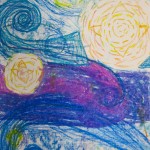
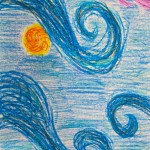
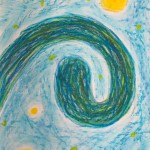



You must be logged in to post a comment.